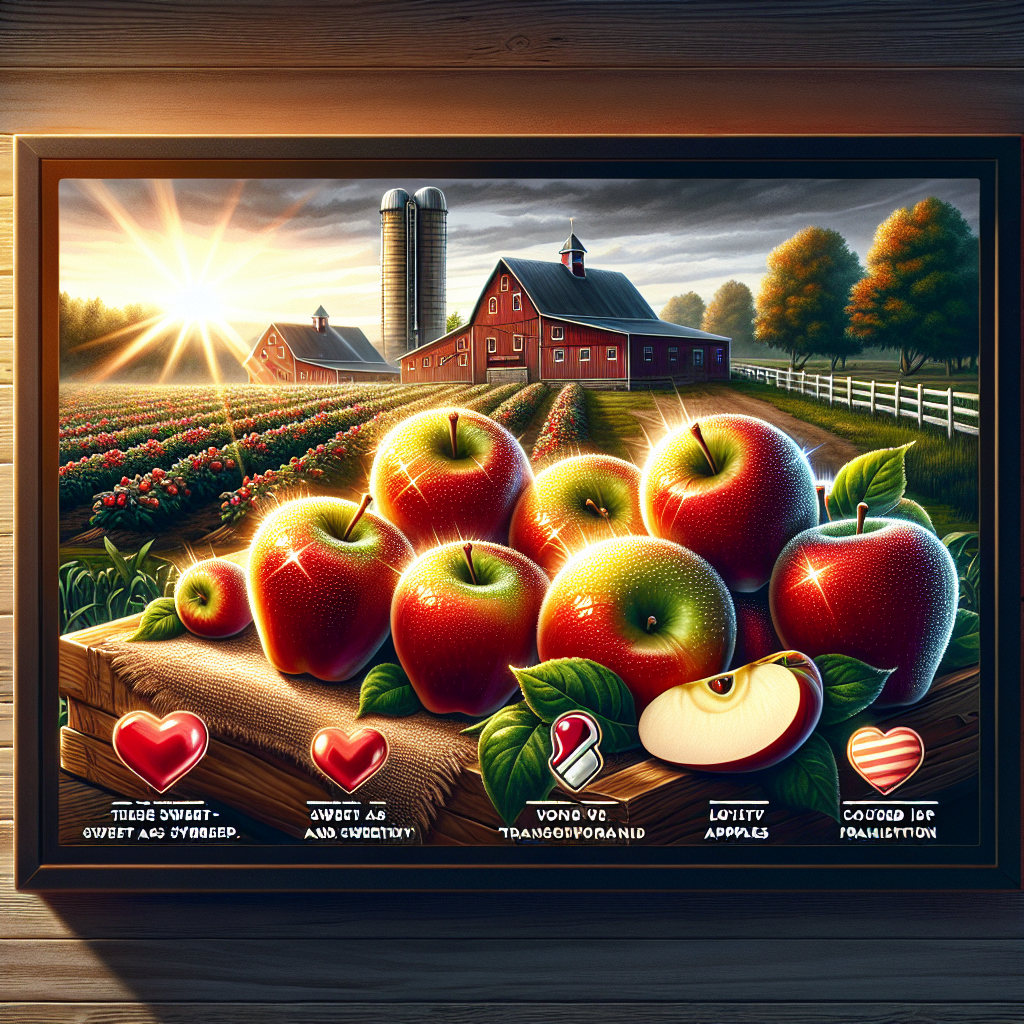Honeycrisp apples’ iconic crispness and sweetness have transformed the entire apple industry, inspiring consumer love and loyalty. However, this apple was once a nightmare for American farmers.
According to The Wall Street Journal, this sweet as syrup, crisp and refreshing apple originated from an unassuming sapling rescued by David Bedford, a graduate student at the University of Minnesota in 1988, from a pile of waste in the breeding project.
This apple had issues; it was too large, too fragile, and prone to infections. Farmers who tasted it quickly gave up on this picky tree.
Bedford recalled with a smile, “They said, ‘Oh, this is simply a nightmare, we will never grow this kind of apple.'” Thirty years later, this apple – now known as Honeycrisp – dominates the American market.
Consumers, tired of the Red Delicious apple, which has long dominated shelves with its softer texture and milder taste, embraced this sweet and delicious apple wholeheartedly, never looking back. Buyers are even willing to pay a premium, often three times the price of other varieties.
However, while consumers are drawn to this supermarket star variety, the farmers who grow it, especially in Washington State, the apple epicenter, often wish they had never seen it.
For nearly a century, the Thornton family, fourth-generation apple growers in Washington State, has been growing Honeycrisp apples in the same valley just 20 minutes south of the Canadian border, facing a yearly challenge during the harvest.
The thin skin of Honeycrisp apples is easily pierced by their own stems, meaning workers must hand-pick the fruits from the tree, halving the yield. These trees often bear more apples than they can handle, requiring thinning. The Thorntons frequently spray their apple trees to treat the local calcium deficiency.
To achieve the iconic red blush on the apples, workers manually lay reflective materials. Even healthy apples are prone to bitter pit disease, which leaves black spots on the skin and damages the flesh.
Thornton stated that these are just some of the tasks involved in picking the apples from the tree. With the apples harvested in autumn supplying the market year-round, shelf life is crucial. The foam-like texture of this apple makes it prone to bruising and less resistant to storage compared to other varieties. If by January, nine out of ten Honeycrisp apples can be preserved, by summer, farmers may only have seven left.
Though farmers find growing Honeycrisp apples excruciating, the cultivation is on the rise as Honeycrisp, dubbed “moneycrisps” by some farmers, promise substantial income.
“Consumer tastes are shifting in this direction,” said Chris Gerlach, Vice President of Insight and Analysis at the U.S. Apple Association. “They want these exceptionally flavorful apples.”
Unsurprisingly, the cultivation sector has been striving to abandon this labor-intensive Honeycrisp apple. Apple tree growers across the country are competing to develop apples that are crisper and more delicious, aiming to win consumer loyalty, like Honeycrisp, but easier to grow.
Kate Evans, an apple breeding expert at Washington State University, developed the Cosmic Crisp apple, which she has been researching for twenty years. Cosmic Crisp is a crossbreed between Honeycrisp and the more robust Enterprise apple.
Washington State’s fruit farmers have high hopes for this new variety. They are promoting it through large-scale marketing campaigns, significant retailer discounts, and active consumer outreach activities. In the past year, Cosmic Crisp apple production has grown by nearly 800% and ranks among the top ten best-selling varieties in the U.S.
Some farmers believe that Cosmic Crisp apple is a new variety poised to replace Honeycrisp, but Evans is not so certain. “There are so, so, so many fans of Honeycrisp,” she said, referring to consumers. “I don’t think they will ever waver.”

